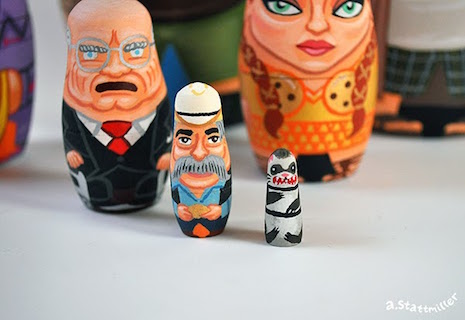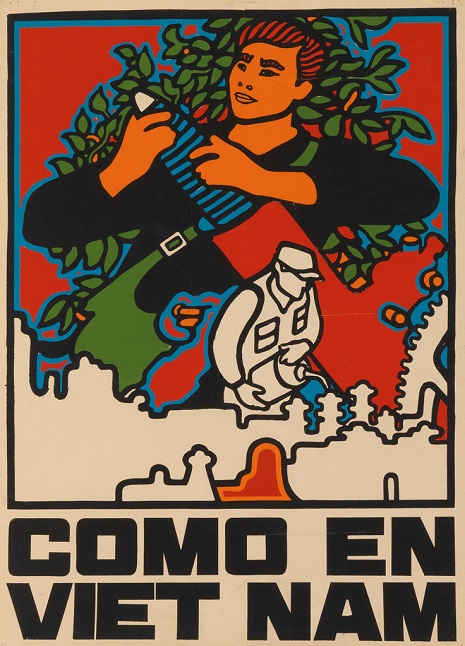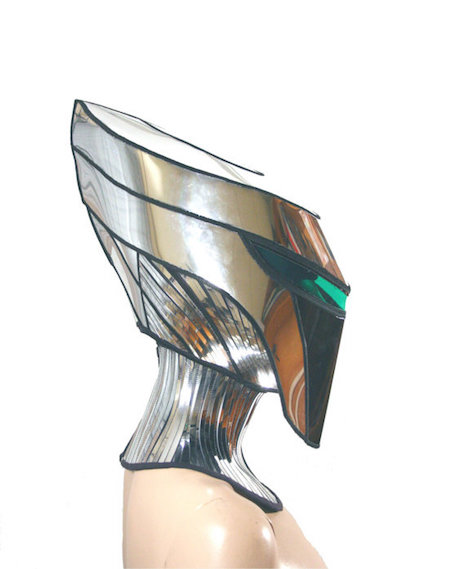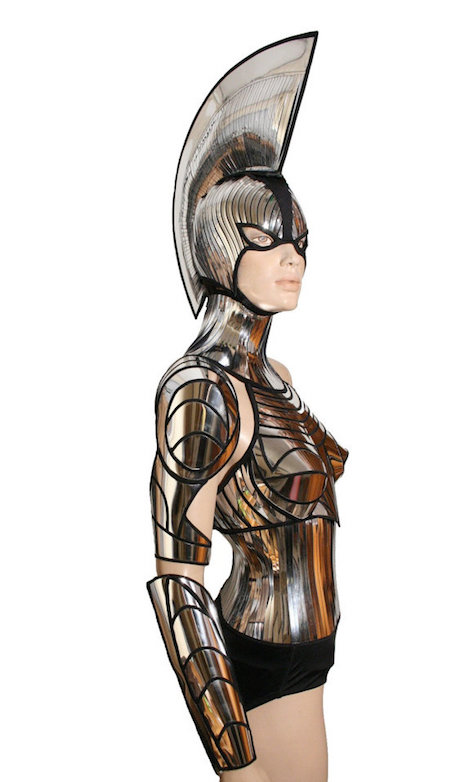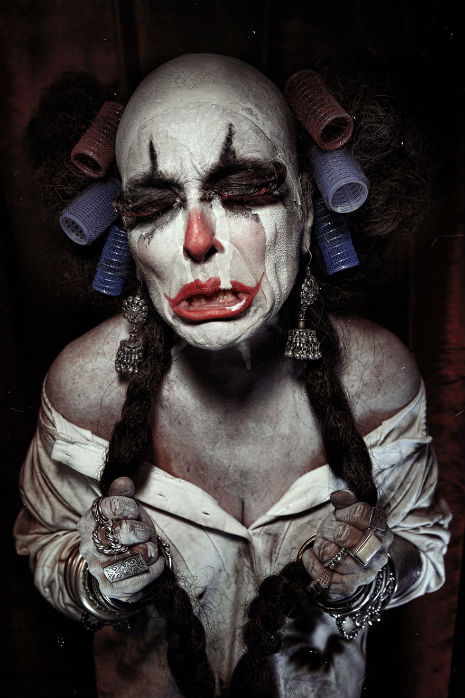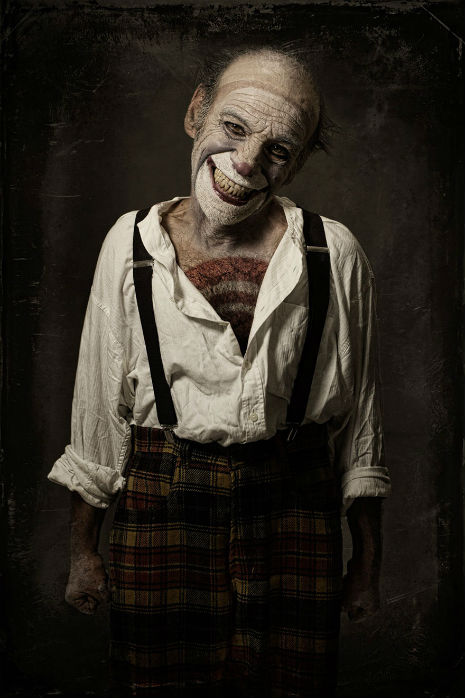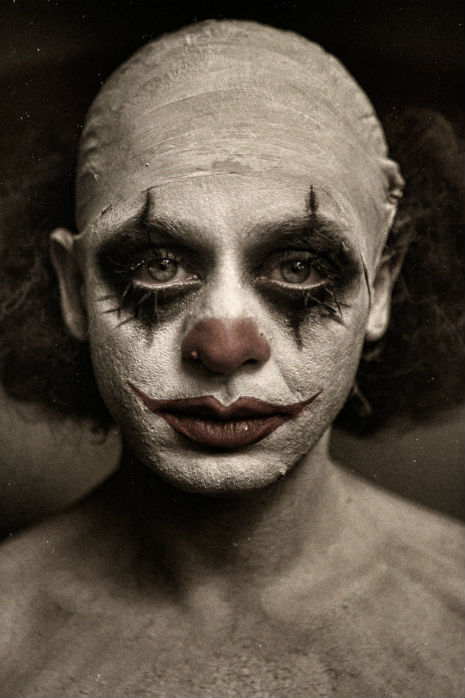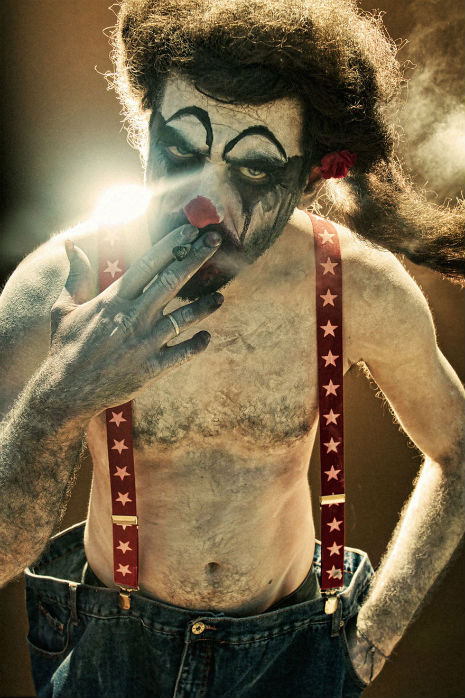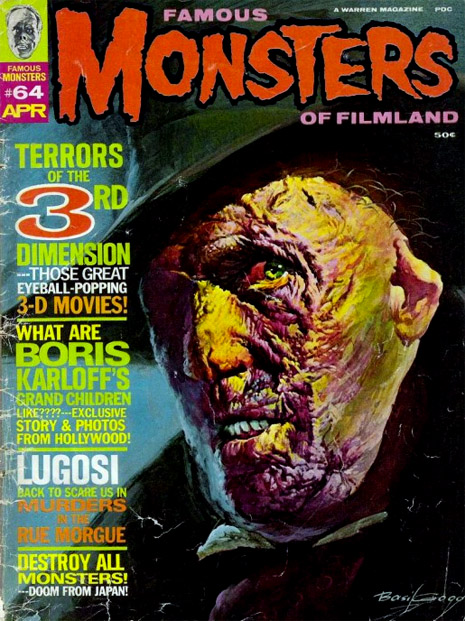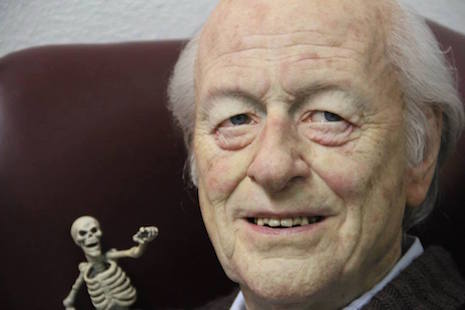
Ray Harryhausen sculpture. Or the real thing?
This life-size sculpture of special effects master, the late Ray Harryhausen, has unsurprisingly been mistaken for a photograph of the man himself. Sculptor and LA-based artist Mike Hill said that his tribute to Harryhausen took about six weeks to complete, but the background work of studying and perfecting every aspect of Harryhausen ‘s image from his teeth to the liver spots on his head, took many more months. At first I thought that Hill had perhaps based the vision for his remarkable sculpture on an existing photograph of Harryhausen. When I asked Hill for some background on the concept, he said that the idea for the sculpture was something he had conceptualized on his own, and that his only goal was to “portray Ray in his element, like a proud father. Which is exactly how he (Harryhausen) looked at his creations.”
And to that I say mission accomplished, Mr. Hill.
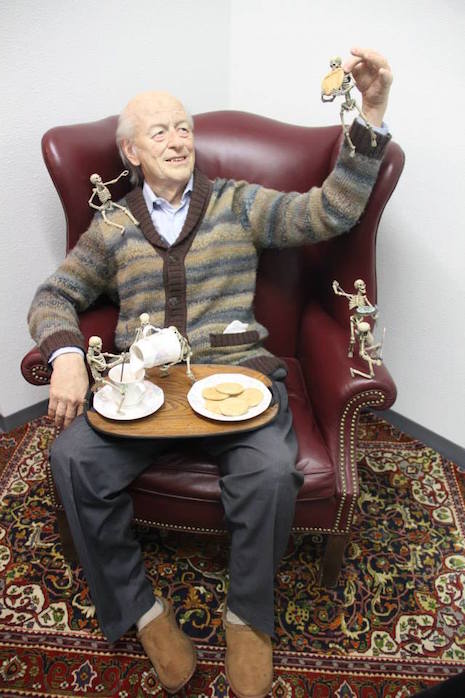
Joining Harryhausen in this stunning homage are members of the skeleton warriors from two of Harryhausen’s most loved films, Jason and the Argonauts and The Seventh Voyage of Sinbad. Honestly, the image of seeing Harryhausen enjoying milk and cookies while admiring his skeletal minions made my eyes a little leaky. I should probably get that checked out. Many more images that will make you do a double-take follow.

Get a better look at ‘Ray’ after the jump…







